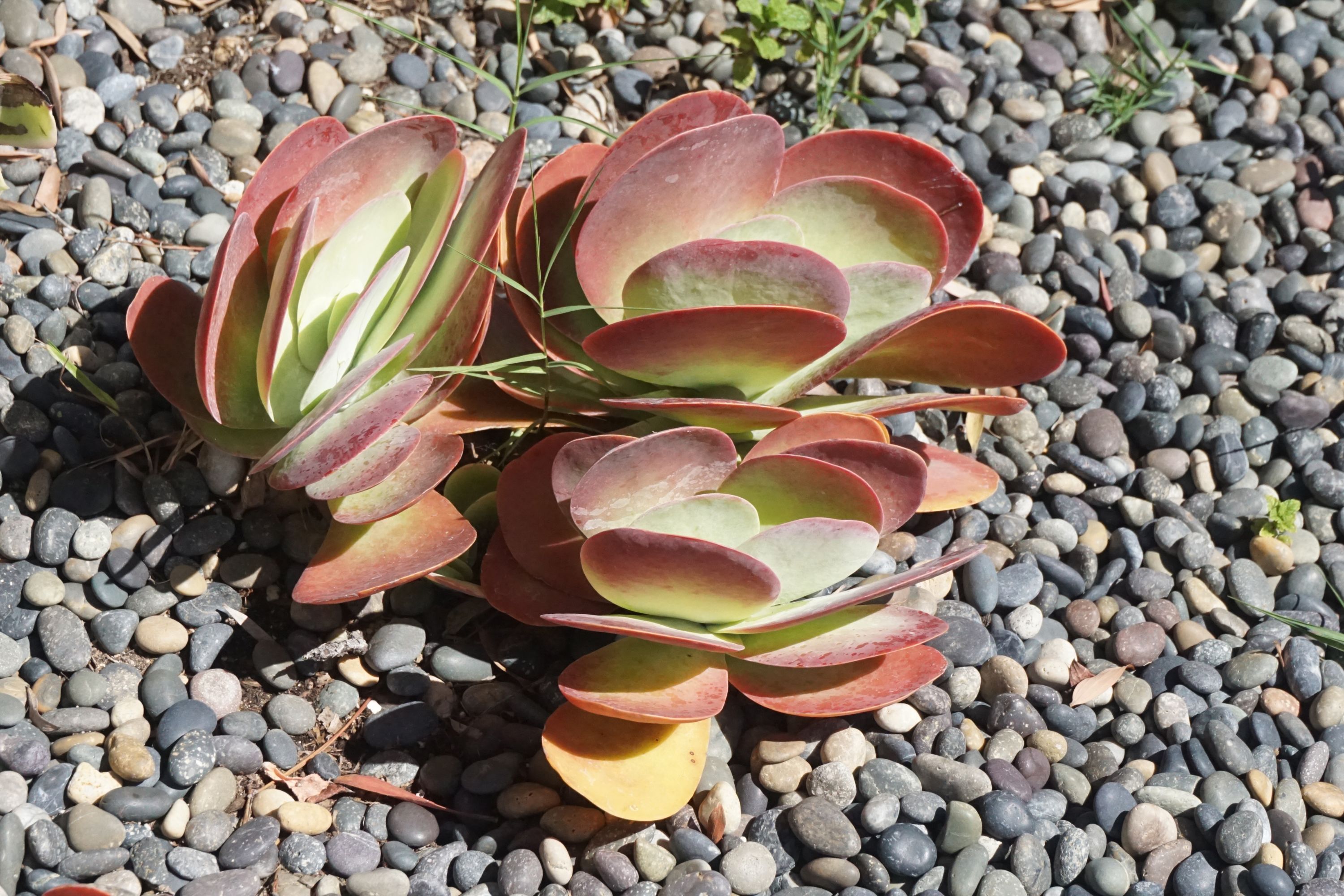Paddle plant
(Kalanchoe luciae)

Description
Kalanchoe luciae is a beautiful succulent plant that belongs to the Crassulaceae family. It is commonly known as paddle plant, red pancake, or flapjacks due to its unique pancake-shaped leaves that are bright red in color, especially during the cooler months. This plant is native to South Africa and is highly appreciated by plant enthusiasts for its stunning foliage and low-maintenance requirements. In this article, we will discuss the origin, characteristics, cultivation, and care of Kalanchoe luciae in detail. Origin and Distribution: Kalanchoe luciae is native to the rocky hillsides of South Africa's eastern region, including the provinces of KwaZulu-Natal and Mpumalanga. It grows in rocky, well-draining soils and thrives in areas with low rainfall and high humidity. In its native habitat, Kalanchoe luciae is an evergreen plant that can grow up to 3 feet tall and spread up to 2 feet wide. It is often found growing in clusters in rocky outcrops and is considered a common plant species in the area. Description: Kalanchoe luciae is a slow-growing succulent that can reach a height of up to 2 feet when grown in containers. The plant has fleshy, spoon-shaped leaves that are flattened on top and bottom, giving them a pancake-like appearance. The leaves are bright green during the warmer months and turn a vivid red during the cooler months. The red coloration is caused by the accumulation of anthocyanin pigments in the leaves. The plant produces small, tubular, bell-shaped flowers that are pink or white in color and bloom in the spring. Cultivation and Propagation: Kalanchoe luciae is a relatively easy plant to grow and can be propagated through stem cuttings or leaf cuttings. The plant prefers well-draining soil and can tolerate a wide range of soil pH levels. It thrives in bright, indirect light and can be grown both indoors and outdoors. When grown indoors, the plant should be placed in a sunny window or under grow lights to ensure adequate light. When grown outdoors, the plant should be protected from intense sunlight and frost. The plant is drought-tolerant and should be watered sparingly. Overwatering can lead to root rot and other diseases. The plant should be allowed to dry out between waterings, and excess water should be drained away. Fertilization is not necessary for Kalanchoe luciae, but occasional feeding with a succulent fertilizer can promote healthy growth and foliage coloration. Propagation can be done through stem cuttings or leaf cuttings. Stem cuttings should be taken from the mother plant and allowed to dry for a few days before planting in well-draining soil. Leaf cuttings should be taken from mature leaves and planted in a moist, well-draining soil mix. Potential Pests and Diseases: Kalanchoe luciae is relatively resistant to pests and diseases. However, it may be susceptible to mealybugs, spider mites, and scale insects. These pests can be treated with a solution of water and mild soap or an insecticidal soap. Root rot and other fungal diseases can be prevented by ensuring that the plant is not overwatered and has adequate drainage. Conclusion: Kalanchoe luciae is a stunning succulent that can add a pop of color to any garden or indoor space. It is easy to care for and can tolerate a wide range of growing conditions. Its unique pancake-shaped leaves and bright red coloration make it a popular choice among succulent enthusiasts. By following the simple cultivation and care guidelines discussed in this article, you can enjoy the beauty of Kalanchoe luciae in your own home.
Taxonomic tree:







